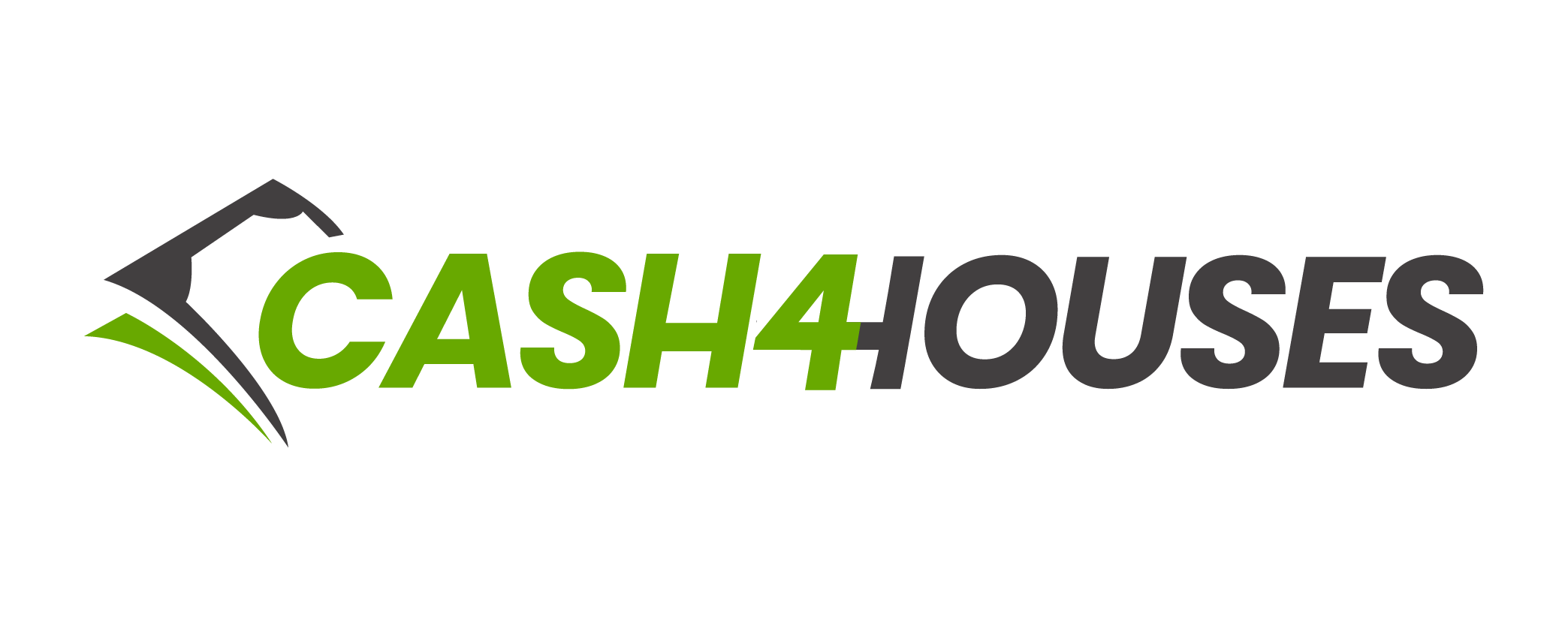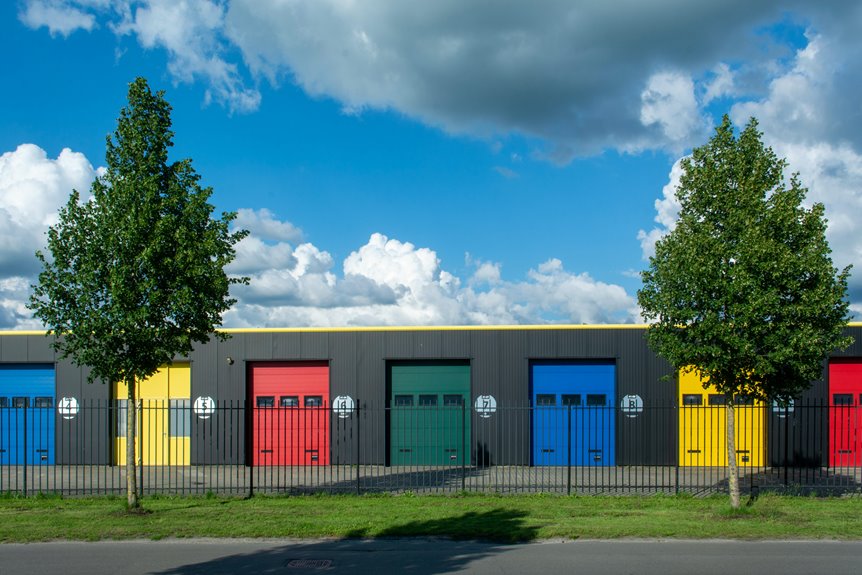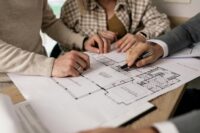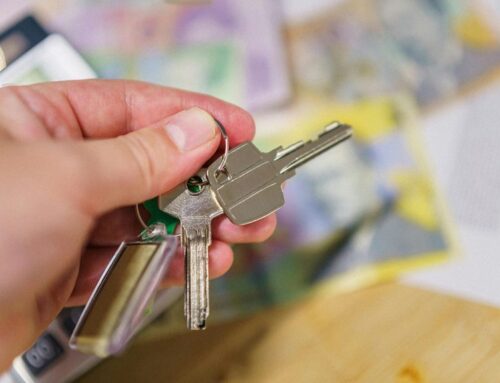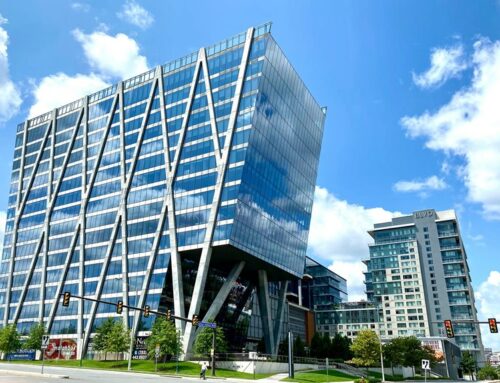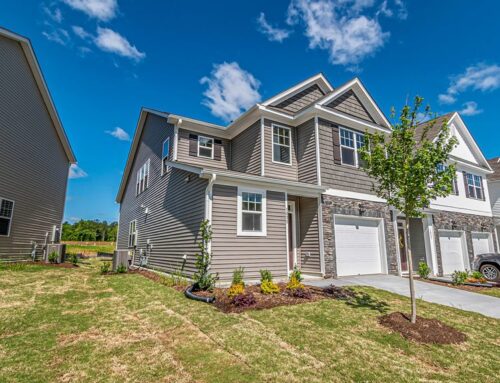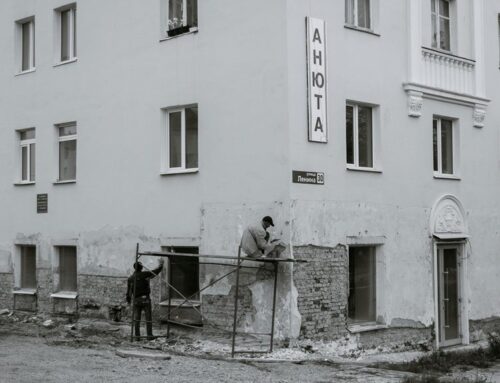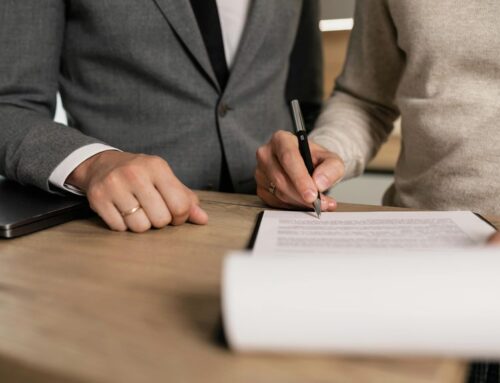Considering a foreclosure purchase? Don’t overlook an important step: the home inspection. Spotting structural flaws, hidden damage, and safety hazards early on can save you from costly surprises down the road. An inspection will help you assess repair costs accurately and verify the property’s condition, giving you insight into its true value. By diving into these essential aspects, you’ll gain a thorough understanding of what you’re getting into and guarantee a smoother investment process. Be sure to prioritize this step before making any decisions.
Identifying Structural Issues
When examining a foreclosed property, my main focus is on identifying any structural issues that may impact its safety and value. I carefully scrutinize the foundation for cracks, uneven settling, or water damage that could indicate serious problems.
Inspecting the walls and ceilings helps me detect any signs of water intrusion, mold, or structural weaknesses. I pay close attention to the roof, searching for missing shingles, sagging areas, or signs of leakage that could result in costly repairs.
Additionally, I check the windows and doors for proper sealing and functionality, as well as examining the basement or crawlspace for any signs of dampness or structural damage. Recognizing these structural issues upfront can save you from unexpected expenses and guarantee a sound investment.
Uncovering Hidden Damage
I often find that delving deeper into a foreclosed property can reveal hidden damage that may not be immediately apparent. While some issues like water damage or mold may be visible, there are often underlying problems that require a thorough inspection to uncover.
For instance, I’ve come across cases where a seemingly well-maintained property had extensive termite damage hidden beneath the surface, affecting the structural integrity. Electrical wiring problems, outdated plumbing systems, or even hidden fire damage are other issues that can be lurking within a foreclosed property.
These hidden damages can’t only be costly to repair but also pose safety risks if left unchecked. As such, a detailed home inspection is essential to uncover any hidden damage before making a foreclosure purchase.
Assessing Safety Concerns
Let’s talk about evaluating safety concerns when conducting a home inspection on a foreclosed property.
It’s important to assess potential safety hazards like electrical issues, mold, or pest infestations to guarantee the well-being of future occupants.
Additionally, checking the structural integrity of the house, including the foundation, roof, and walls, is necessary for a thorough evaluation.
Safety Hazards Evaluation
Inspecting a property for safety hazards is a vital aspect of a home inspection, especially when purchasing a foreclosed property. Safety hazards can range from mold infestations to faulty wiring or structural weaknesses. As a prospective buyer, it’s important to verify that the property is safe for you and your family.
During the inspection, pay attention to signs of water damage, electrical issues, or potential fire hazards. Look for loose handrails, unstable flooring, or other dangers that could lead to accidents. Additionally, check for the presence of carbon monoxide and smoke detectors to confirm your future home’s safety compliance.
Identifying and addressing these safety concerns early on can save you from costly repairs and guarantee a secure living environment.
Structural Integrity Check
To guarantee the structural integrity of a property, it’s essential to thoroughly assess potential safety concerns that may impact the overall stability and safety of the home.
During a home inspection, one pivotal aspect to focus on is the structural components of the property. Look for any signs of foundation issues like cracks, sloping floors, or bowing walls, as these could indicate serious structural problems.
Additionally, check for water damage, as it can weaken the structure over time. Inspecting the roof for signs of sagging, missing shingles, or leaks is also fundamental.
Addressing these safety concerns early on can save you from costly repairs and ensure the safety of your future home.
Evaluating Repair Costs
Let’s talk about the important step of evaluating repair costs when considering a foreclosure purchase.
Determining the extent of repairs needed and estimating the associated costs is essential for making an informed decision.
Repair Cost Estimation
As a prospective buyer considering a foreclosure property, accurately evaluating repair costs is vital for making informed decisions. When estimating repair costs, it’s crucial to thoroughly assess the condition of the property to anticipate potential expenses. Factors such as the age of the home, the extent of needed repairs, and the quality of materials required can greatly impact the overall cost. To assist you in this process, here is a breakdown of common repair categories and estimated costs:
| Repair Category | Estimated Cost Range ($) | Notes |
|---|---|---|
| Roof | $5,000 – $15,000 | Depends on size and material |
| HVAC System | $3,000 – $8,000 | Varies based on system type |
| Foundation | $10,000 – $30,000 | Depends on severity of issues |
Budgeting for Repairs
When considering repair costs for a foreclosure property, accurately budgeting for necessary repairs is essential to making well-informed decisions. Start by prioritizing essential repairs like fixing structural issues, addressing water damage, or repairing the roof.
Obtain multiple quotes from licensed contractors to confirm you have a realistic estimate of the costs involved. Don’t forget to factor in unexpected expenses that may arise during the renovation process.
It’s vital to set aside a contingency fund to cover any unforeseen repairs or upgrades. Remember to balance the repair costs with the overall budget for the property to determine if the investment is financially viable.
Verifying Property Conditions
One significant element of the home inspection process in foreclosure purchases is verifying that the property conditions are thoroughly confirmed. When inspecting a foreclosed property, it is essential to pay close attention to various aspects such as the roof, foundation, plumbing, electrical systems, and HVAC. Here is a breakdown of what to look for during the inspection:
| Property Aspect | What to Confirm |
|---|---|
| Roof | Check for absent shingles or indications of leaks |
| Foundation | Look for fissures or indications of structural damage |
| Plumbing | Test water pressure and inspect for leaks |
| Electrical Systems | Verify all outlets and switches are operational |
| HVAC | Test heating and cooling systems |
Understanding Code Compliance
Exploring the world of foreclosure purchases involves more than just inspecting property conditions; understanding code conformity is essential. Guaranteeing that the property meets all applicable building codes and regulations is vital in avoiding potential legal issues and costly renovations down the road. Here are some key points to ponder:
- Confirm that all renovations and additions have appropriate permits
- Inspect for adherence to zoning laws and property use regulations
- Assess the property for compliance with safety codes
- Investigate any unresolved code violations that may be present
Understanding code conformity not only safeguards your investment but also guarantees a seamless shift into homeownership.
Uncovering Pest Infestations
Pest infestations can quickly turn a dream home into a nightmare. During a foreclosure purchase, it’s vital to uncover any signs of pests lurking within the property. Termites, rodents, or other pests can cause extensive damage and pose health risks. A thorough home inspection will help identify any existing infestations or vulnerabilities that could lead to future problems.
Look out for droppings, gnaw marks, or hollow-sounding wood, as these are common indicators of pest activity. Addressing pest issues early on can save you from costly repairs down the line. When inspecting a foreclosed property, don’t underestimate the importance of checking for pest infestations to make a sound investment.
Assessing Overall Investment Value
Uncovering potential issues like pest infestations during a home inspection plays an important role in safeguarding your investment. Evaluating the overall investment value of a foreclosed property is essential to make a sound financial decision. Here are key aspects to contemplate:
- Market Trends: Analyze the current real estate market conditions to determine if the property’s value is likely to appreciate.
- Repair Costs: Assess the extent of repairs needed and calculate the potential expenses involved in restoring the property.
- Neighborhood Factors: Take into account the location, schools, amenities, and future development plans that can impact the property’s value.
- Comparable Sales: Research recent sales of similar properties in the area to gauge the competitiveness of the asking price.
Conclusion
So, skipping a home inspection when purchasing a foreclosure is like playing Russian roulette with your wallet. Sure, you might save a few bucks upfront, but you could end up with a money pit of a property that will drain your bank account faster than you can say “fixer-upper.” Don’t be a sucker for a good deal – invest in a home inspection and save yourself from a nightmare of epic proportions. Trust me, you’ll thank me later.
“Learn more about who we are and how we can help you! Discover Our Story today.”
Click Here to Learn About Us
